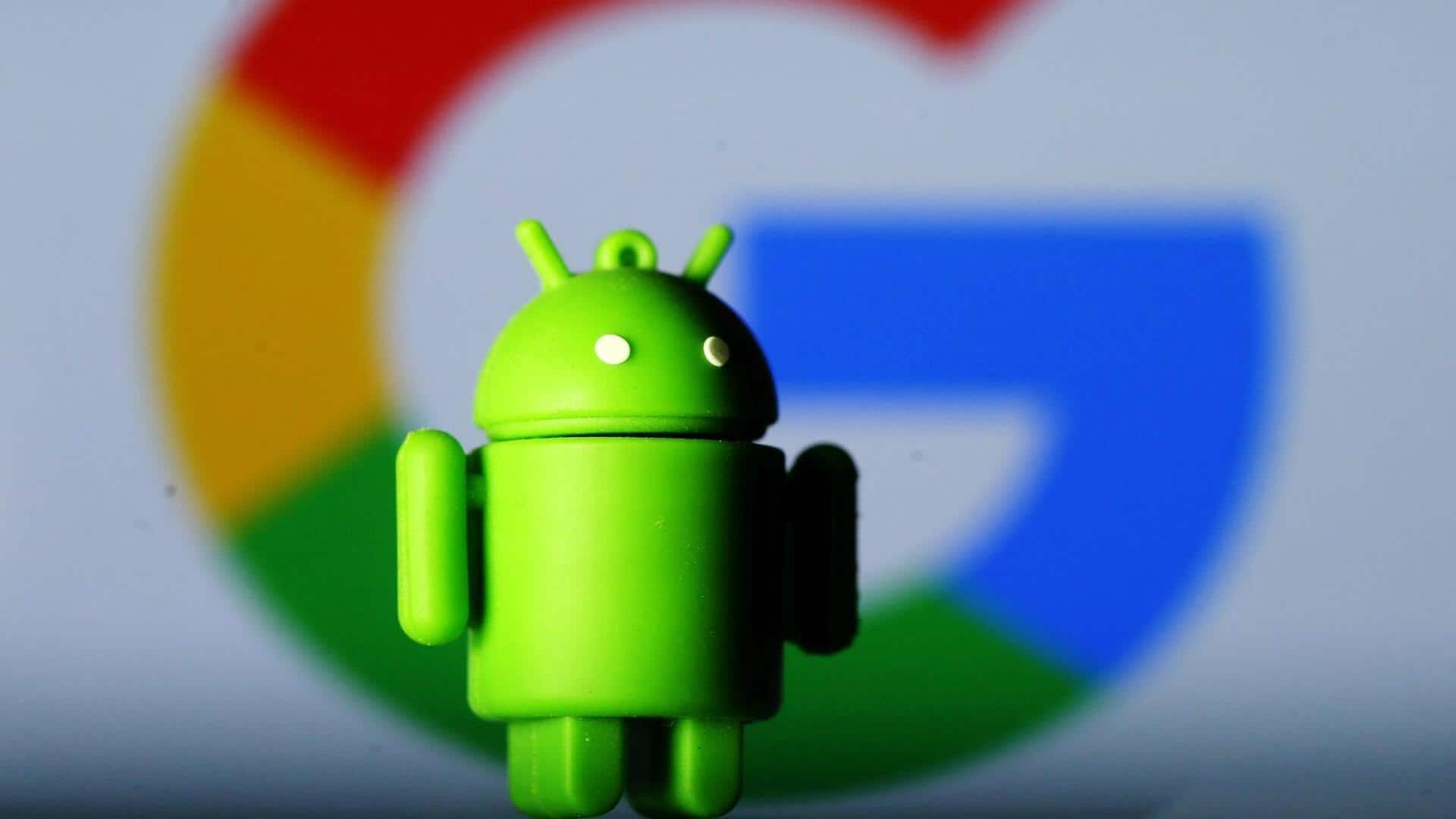
Google, Samsung working together to fix battery drain on Android
What's the story
Google and Samsung are teaming up to tackle one of the biggest pain points for Android users: battery-draining apps. The tech giants have developed a new system to identify apps that use excessive partial wake locks, which will help improve battery life. The move is part of a larger effort to improve user experience by reducing background power usage on Android devices.
Wake locks
Understanding wake locks and their impact on battery life
Wake locks are a tool for apps to keep a device from going into sleep mode, letting them finish background tasks with the screen off. However, when misused, they can heavily affect battery performance. Google has said that some wake locks like those used for audio playback or user-initiated data transfers will likely be exempt as they offer clear user benefits.
Joint effort
Collaboration for better Android experience
The new Android vitals metric was co-developed with Samsung, combining the company's insights into battery consumption with Google's platform-level data. It has been in beta since April 2025, during which time Google refined the algorithm via developer feedback to ensure it was accurate and representative of real-world use.
Implementation
New thresholds and penalties for battery-draining apps
Under the rules, a user session will be deemed "excessive" if it holds over two cumulative hours of non-exempt wake locks in a day. Google defines poor behavior as occurring when 5% or more of an app's user sessions over the past 28 days breach this threshold. Apps that exceed this threshold risk penalties on Play Store, including being removed from recommendations and possibly having their listings display a warning message stating: "This app may use more battery than expected."
Support tools
Transition period for developers to adapt to changes
The new policy might take effect from March 1, 2026, giving developers time to identify and correct excessive wake lock usage before the enforcement begins. Google has also released extra debugging tools and documentation to help developers optimize their apps and avoid user-facing battery drain warnings. This move is aimed at ensuring a smoother performance and longer battery life for Android users in the near future.